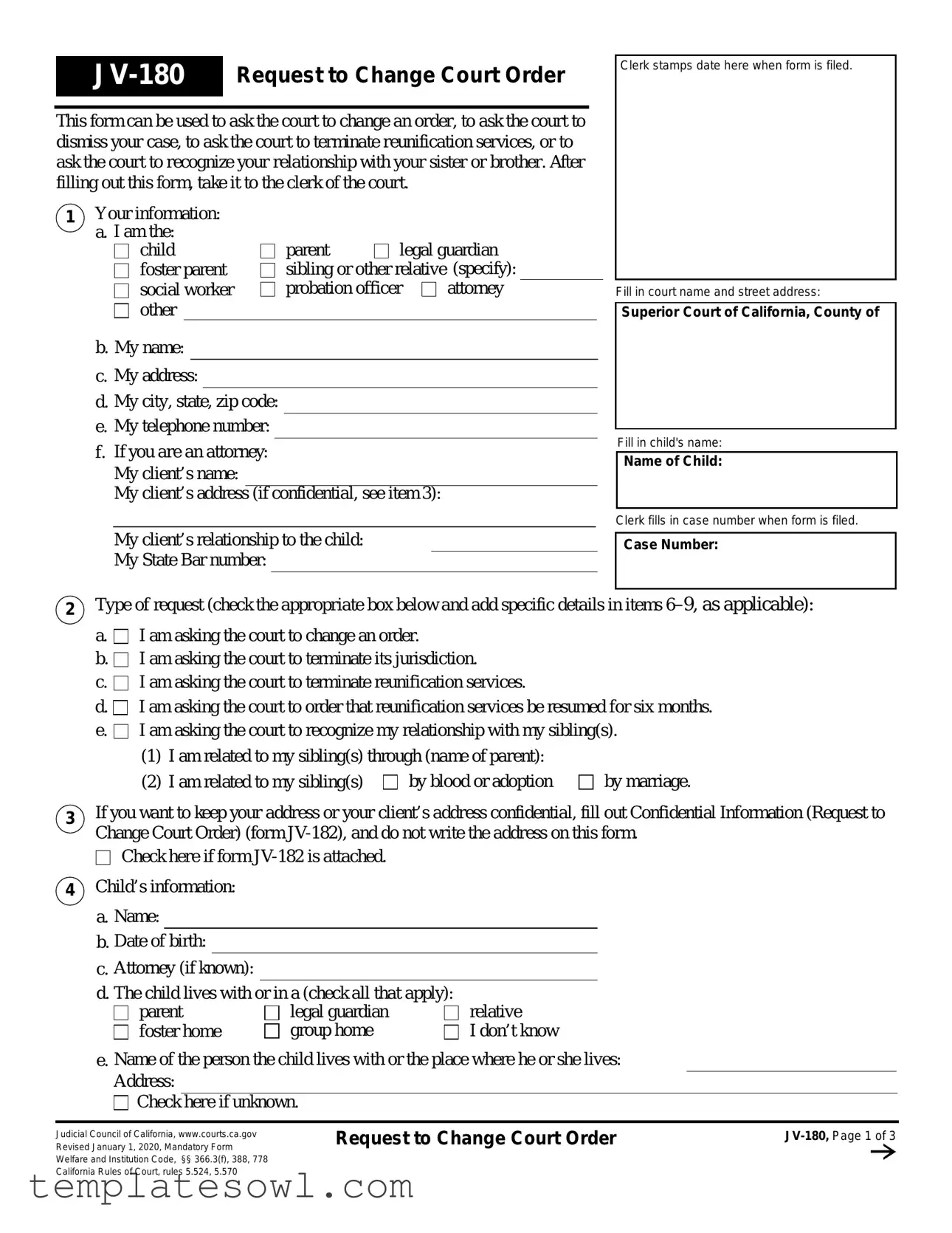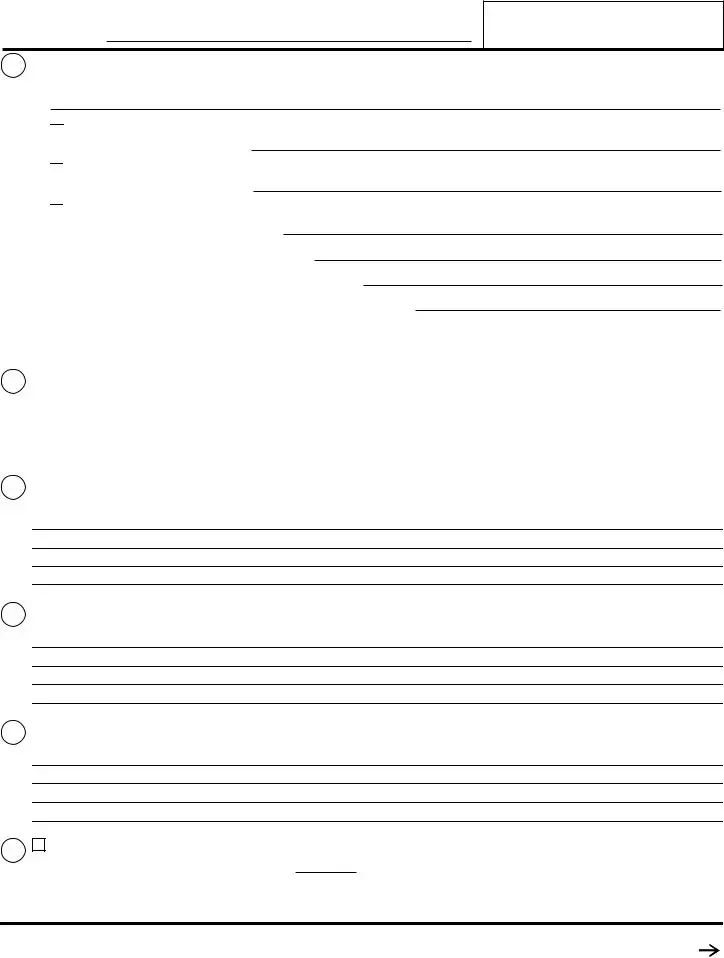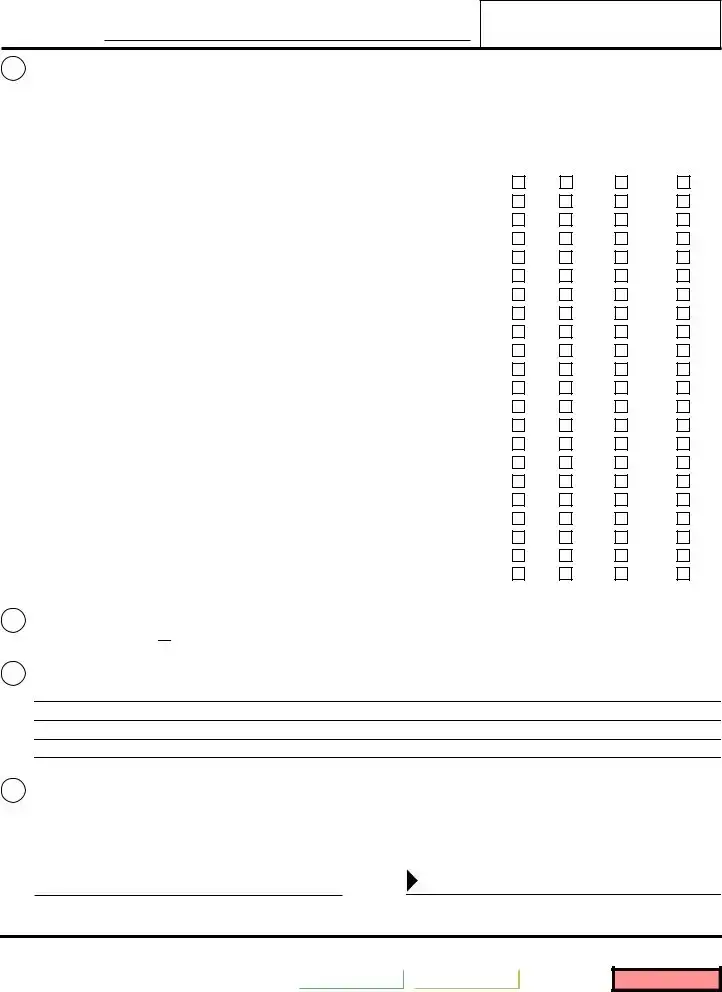What is the JV-180 form used for?
The JV-180 form is used to request changes to court orders related to child welfare. This includes asking for the dismissal of a case, termination of reunification services, or recognizing sibling relationships. It provides a formal process for individuals to initiate these changes in a court setting.
Who can fill out the JV-180 form?
The form can be filled out by various individuals involved in the child's life, including parents, legal guardians, foster parents, siblings, social workers, probation officers, and attorneys. It requires specific identifying information about the individual submitting the request and the child in question.
What information is needed to complete the form?
To complete the JV-180 form, detailed information about yourself, the child, and any other relevant parties is required. This includes names, addresses, phone numbers, and details about the child’s current living situation. Additionally, you must provide specific details regarding the order you are requesting to change, why the change is necessary, and how it benefits the child.
What should be done if confidentiality is a concern?
If there are concerns about confidential information, such as addresses, a specific section of the form allows for the inclusion of a separate Confidential Information form (JV-182). This ensures that sensitive information remains protected while still allowing the process to proceed.
How do I submit the JV-180 form?
Once the form is completed, it must be submitted to the clerk of the court. Make sure to check if the court has specific requirements for submission, which may include filing fees or additional documents.
Is a court hearing required after filing the JV-180 form?
A court hearing is not always necessary. If all relevant parties agree with your request, you can ask the judge to make a decision without a hearing. However, if there is any disagreement, a hearing may be required to resolve the issues.
What happens after I submit the JV-180 form?
After submission, the form will be processed by the court. If it is filed correctly, a case number will be assigned, and copies of the request will be sent to the necessary parties. You will need to wait for further instructions or a scheduled hearing date from the court.
What if I need more space for my answers on the form?
If the assigned areas on the form do not provide enough space for your answers, you can attach additional pages. Make sure to label each attachment with "JV-180" at the top to ensure it is connected to your request.
How can I prove the information in the JV-180 form is true?
You will need to sign the JV-180 form under penalty of perjury, declaring that the information is true and correct to the best of your knowledge. This statement holds legal weight and affirms the honesty of your claims.
What should I do if I disagree with someone’s response to my request?
If someone disagrees with your request, you should document the reasons for their disagreement, if known. This information will be important if a hearing occurs to discuss the request. It may also help clarify the situation to the judge in making their decision.


 I am asking the court to change an order.
I am asking the court to change an order. I am asking the court to terminate its jurisdiction.
I am asking the court to terminate its jurisdiction. I am asking the court to terminate reunification services.
I am asking the court to terminate reunification services. I am asking the court to order that reunification services be resumed for six months.
I am asking the court to order that reunification services be resumed for six months. I am asking the court to recognize my relationship with my sibling(s).
I am asking the court to recognize my relationship with my sibling(s).
 Check here if form
Check here if form  Check here if unknown.
Check here if unknown.





